July 21 – August 4, 2010
While it remains somewhat humid, the dry season is noticeably creeping in. Plants and foliage are making their annual transformation from green to brown, yet the occasional precipitation helps out the trees we’ve planted.

Volunteer traffic has been light, but hovers around 2-4 volunteers at a time. There’s Elodie, from France, and Arian, who is receiving University credit for her work. Arian’s cousin, Cai came along as well. And the most recent arrival is Claire, a French transplant to San Francisco who has a Ph. D in ecology.

Lately the work has been heavily concentrated on the greenhouse. There were tons of seedlings that needed to be transplanted. As with most projects, this is a process involving many steps. Bottles need to be collected. Another beach sweep was made and constant collection in the city keeps the bottles coming in by the hundreds. Once the bottles are collected, they need to be cut for the trees.
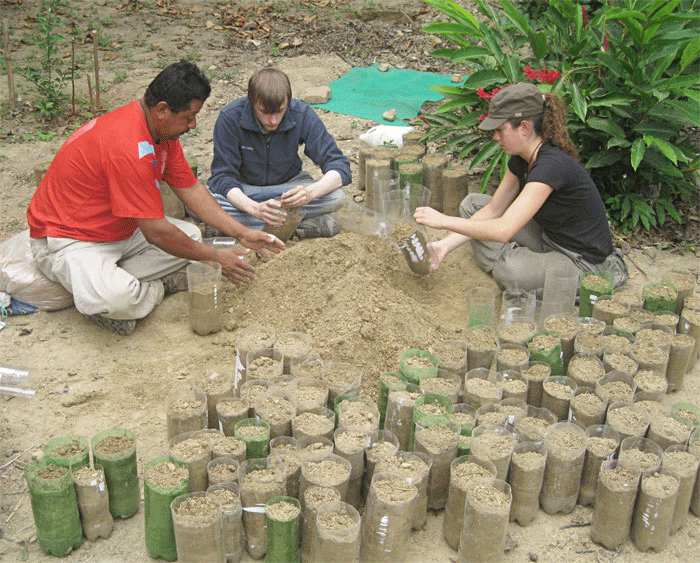

Then there is the soil. The compost we produce at the greenhouse from the food scraps of the Planet Drum apartment and the Catholic University cafeteria hasn’t been sufficient to meet our needs and we’ve been relying on our good friend Ricardo for compost produced from the Cornish hens he has on his farm. The fertilizer is mixed with soil from the area, sand, and rice shells. The current soil mixture appears to be giving good results and the young trees are growing quickly.
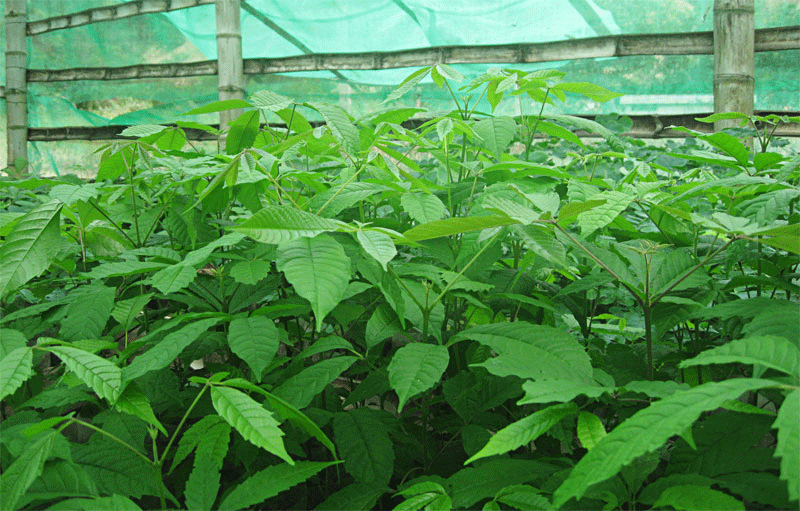
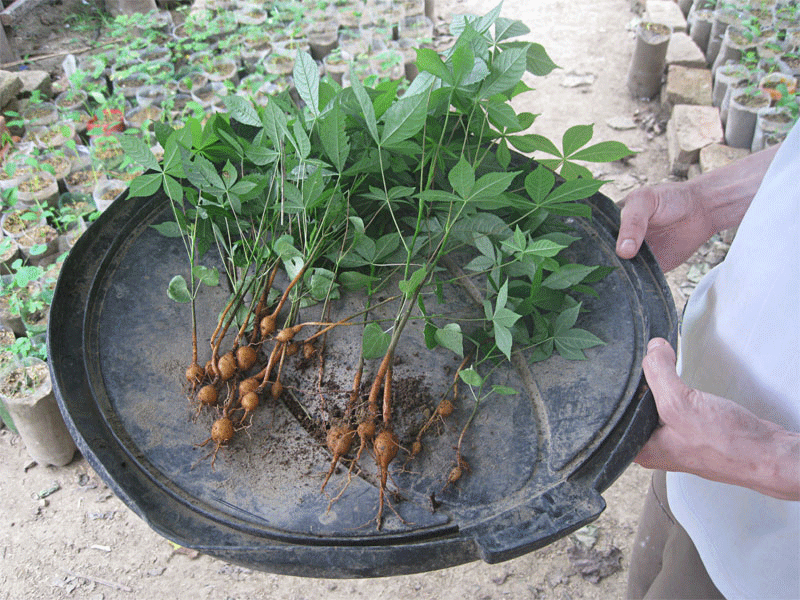
With Orlando’s initiative we are expanding the compost production at the greenhouse. A new compost trench is being constructed, which will double our production. Extra food scraps are being collected from the city market. But it will be 6 months before we get to use the results. More saw dust has been collected to match all of the organic waste.

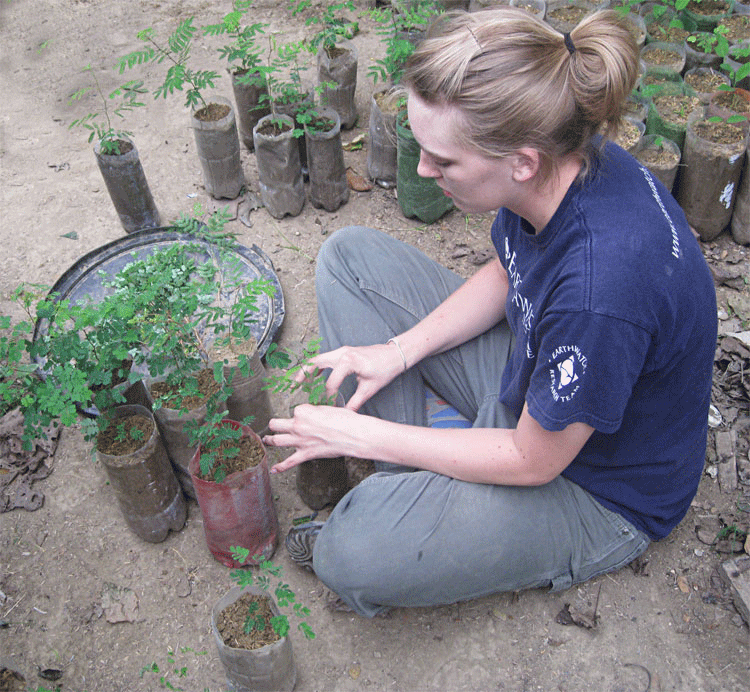

With all the transplanting we’ve been doing, storage space in the greenhouse has become limited. There are now 2,400+ healthy trees growing in the greenhouse and approximately 800 recently planted trees just outside waiting to be organized. Once the trees are transplanted from the beds to the bottles, we have been leaving them under the shade of a large Moyuyo (or under the ramada) to help with their transition. They spend a couple weeks in the shade. This also helps weed out the trees that don’t survive the transplanting. Bottles with trees that die are easily and quickly replanted. Once the trees are growing healthily, they are moved out of the shade to the corrals. As we have done in previous years, we have begun to store trees outside the greenhouse, in the light shade of some Almond trees.
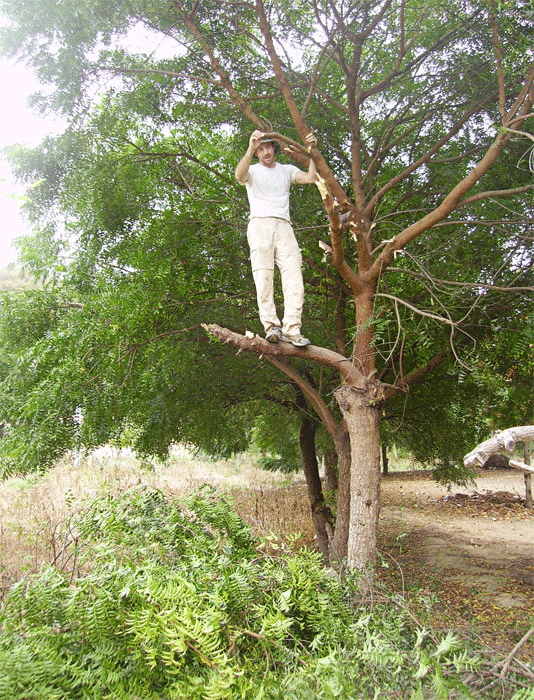
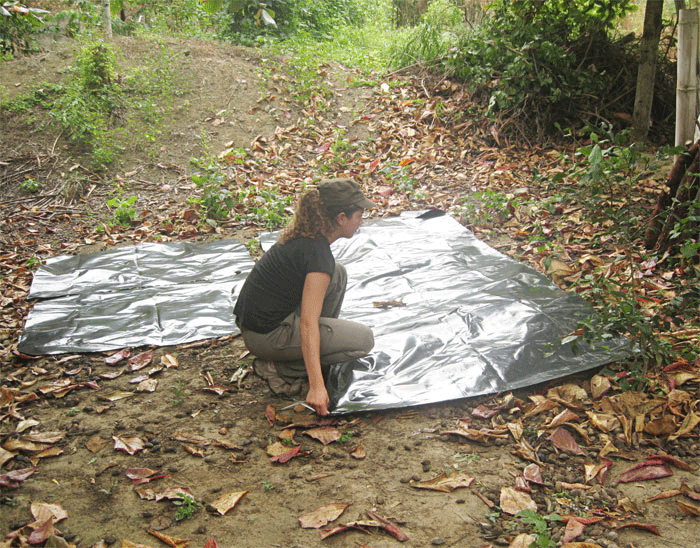

The corrals that we use to store the trees have also been working very well. But we ran out of black plastic to line the ground and bamboo pieces for building the corrals. So more supplies were purchased and prepared for continuing to make space for the trees. The corrals are constructed to hold approximately 100 trees and arranged with space in between to be able to walk around and weed the trees as necessary.
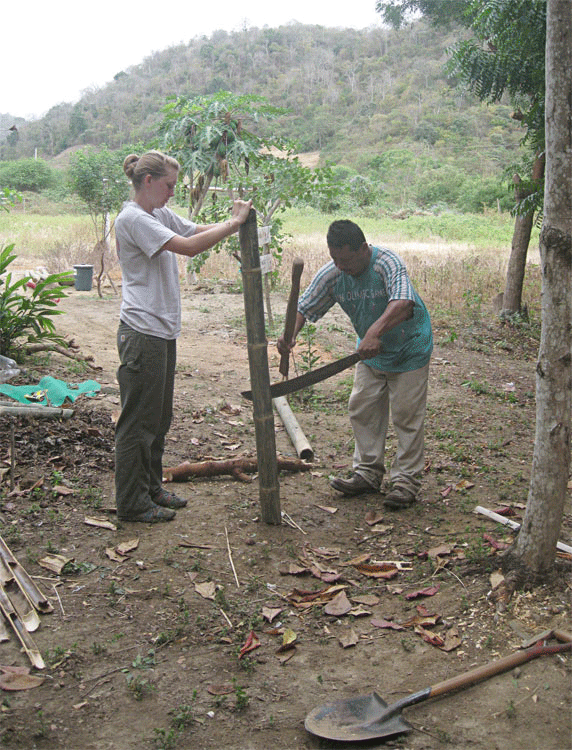

Additionally, new seed beds of Jaboncillo, Ceibo, and Laurel have been planted. Remaining to be planted this year are more Ceibo seeds, Algarrobo, and Bototillo.
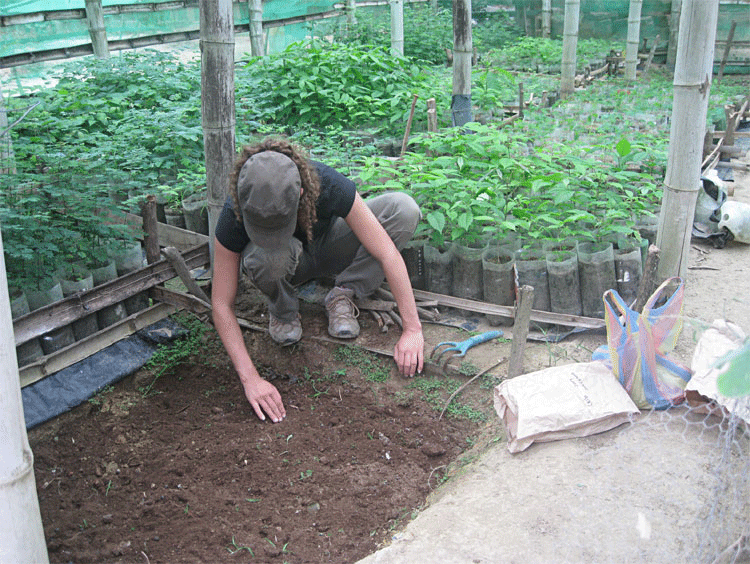

Pásalo bien,
Clay

Your article helped me a lot, is there any more related content? Thanks!
Your point of view caught my eye and was very interesting. Thanks. I have a question for you.
Thank you for your sharing. I am worried that I lack creative ideas. It is your article that makes me full of hope. Thank you. But, I have a question, can you help me?